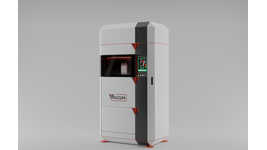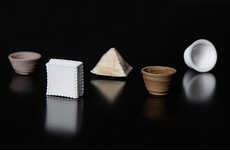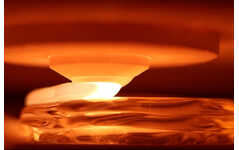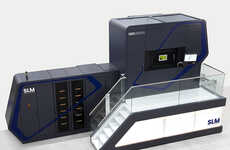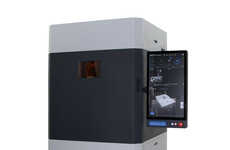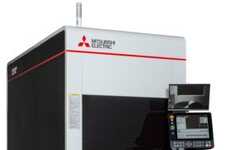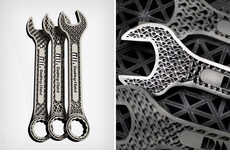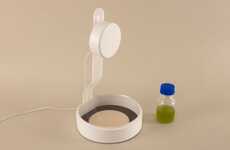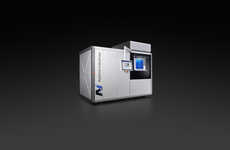
MIT Researchers Develop a Liquid Metal Printing Process
Amy Duong — January 27, 2024 — Art & Design
References: engadget
The research team at MIT developed a new LMP, which is a liquid metal printing technique to use the material for rapid prints. This process can create large aluminum features within a matter of minutes in comparison to the ongoing techniques that take hours to construct.
Currently, the LMP has been used to create chair frames, table legs, and other furniture parts. This process features direct molten aluminum within predefined paths that turn into a range of small glass beads. These beads are then hardened to work as a 3D structure and the parts are durable with the ability to withstand post-print machining such as drilling. This is due to the material's molten process throughout the printing to reduce warping and cracking.
Image Credit: MIT
Currently, the LMP has been used to create chair frames, table legs, and other furniture parts. This process features direct molten aluminum within predefined paths that turn into a range of small glass beads. These beads are then hardened to work as a 3D structure and the parts are durable with the ability to withstand post-print machining such as drilling. This is due to the material's molten process throughout the printing to reduce warping and cracking.
Image Credit: MIT
Trend Themes
1. Rapid Liquid Metal Printing - The development of a new liquid metal printing technique allows for the rapid creation of large aluminum features in a matter of minutes, revolutionizing the manufacturing process.
2. Improved Durability and Machinability - The use of direct molten aluminum in the printing process results in durable parts that can withstand post-print machining, providing new opportunities for industries requiring high-strength components.
3. Enhanced Design Possibilities - Liquid metal 3D-printing techniques enable the creation of complex and intricate structures, opening up new avenues for design innovation in industries such as furniture manufacturing.
Industry Implications
1. Manufacturing - The rapid liquid metal printing process offers disruptive innovation opportunities by significantly reducing production time and costs in the manufacturing industry.
2. Aerospace - The enhanced durability and machinability of 3D-printed liquid metal components present disruptive innovation opportunities in the aerospace industry, enabling the production of lighter yet stronger aircraft parts.
3. Architecture - The ability to create complex and intricate structures through liquid metal 3D printing provides disruptive innovation opportunities in architecture, allowing for the fabrication of unique and visually stunning building components.
4.4
Score
Popularity
Activity
Freshness


